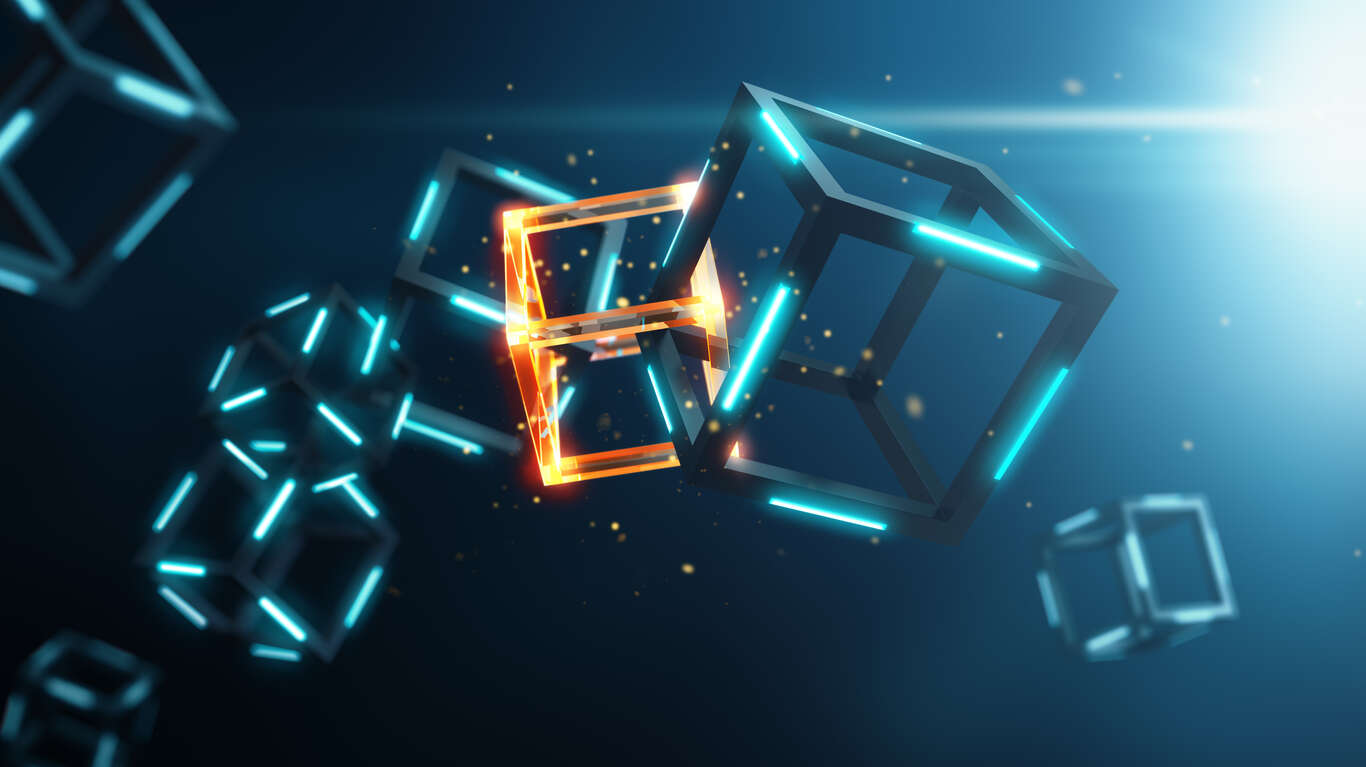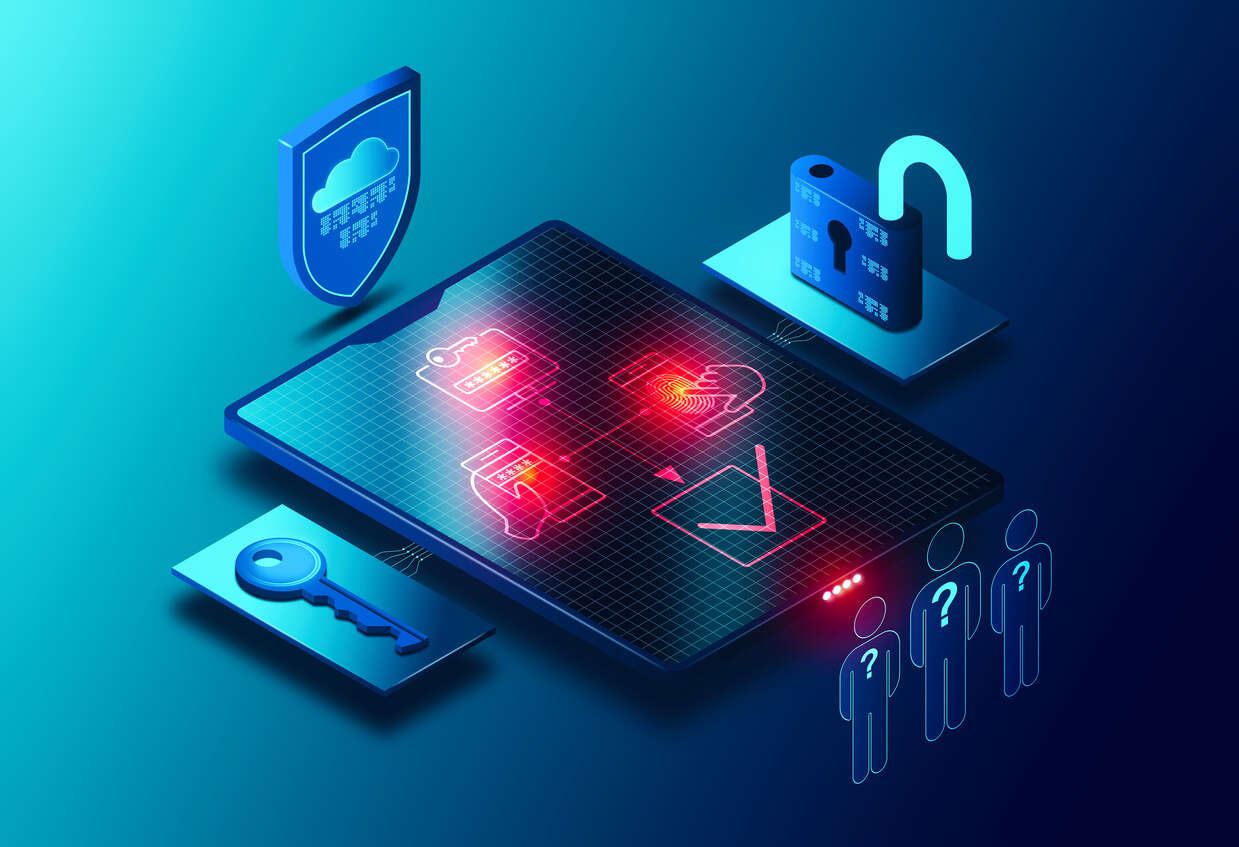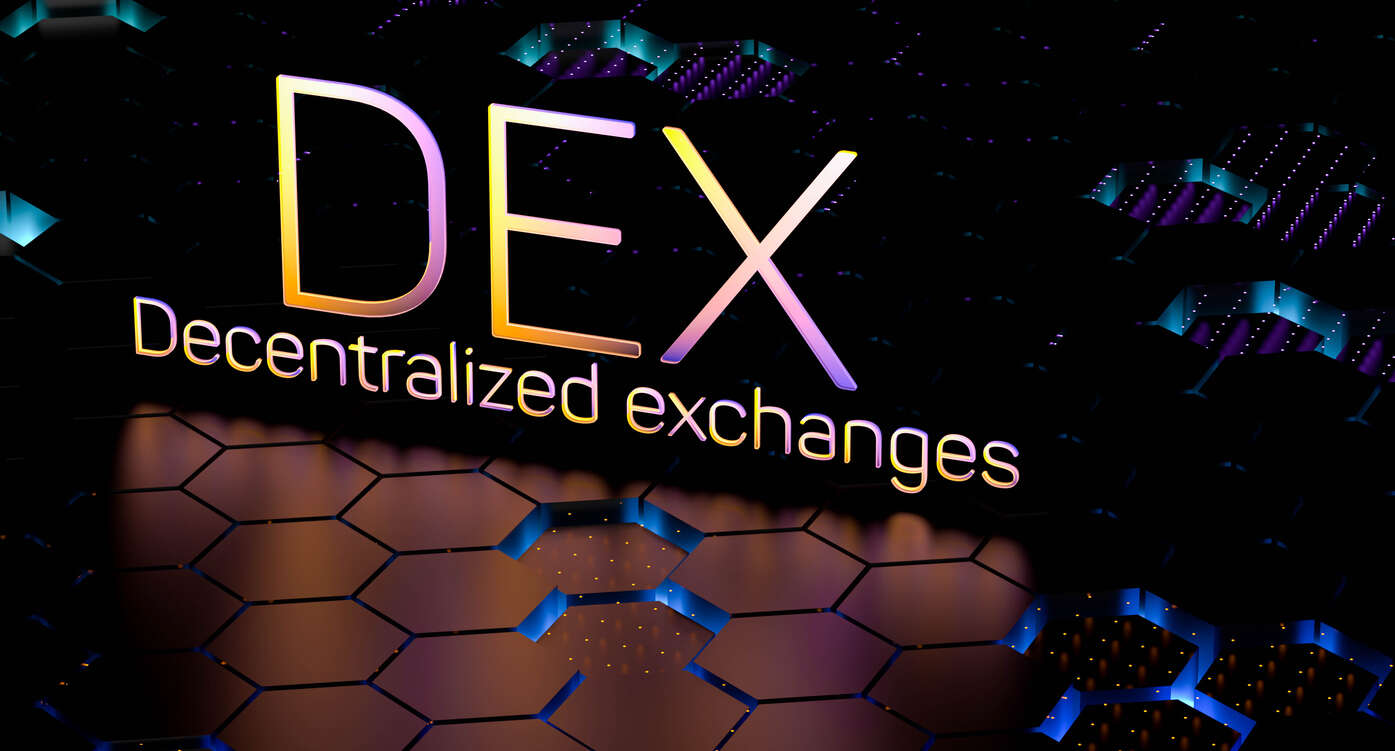LA DEFI OLTRE IL CLAMORE
In molti ambienti manca ancora una comprensione approfondita della DeFi, il che richiede un quadro specifico per migliorare la conoscenza della tecnologia. Pertanto, in questa lezione, introduciamo una panoramica sulla DeFi e sulle sue caratteristiche.

L'ecosistema DeFi nel suo complesso appare come una collezione composita e in qualche modo frammentata di singoli sottosistemi, ciascuno costruito sopra una DLT con caratteristiche tecniche specifiche che delineano e delimitano le scelte progettuali dei protocolli finanziari che possono essere implementati su di essa.
Al momento in cui scriviamo, Ethereum rappresenta il sotto-sistema DeFi più rilevante, sia in termini di valore bloccato che di rilevanza dei protocolli finanziari costruiti su di esso.
La finanza decentralizzata (DeFi) offre servizi finanziari on-chain come prestiti, mutui o investimenti senza affidarsi a un tradizionale intermediario finanziario centralizzato.
Le applicazioni DeFi puntano alla disintermediazione e alla resistenza alla censura, con parziale successo. Sono spesso realizzate come software open-source e consentono modelli di governance che permettono a soggetti arbitrari di partecipare ai processi decisionali.
Tecnicamente, tali servizi sono implementati come programmi software eseguibili, chiamati smart contract, la cui esecuzione è automatizzata, garantendo risultati deterministici. Questi programmi vengono poi distribuiti su tecnologie di distributed ledger (DLT) abilitanti gli smart contract, come Ethereum o Tron.

L'interesse per la DeFi è aumentato notevolmente nel 2020 e, durante il suo picco nel 2021, ha raggiunto un valore totale bloccato (TVL) di oltre 150 miliardi di dollari. Non è ancora chiaro se e in che misura la DeFi prolifererà in futuro. Oggi anche la maggior parte del trading di criptovalute avviene fuori dalla catena su borse centralizzate, il che non costituisce DeFi.
I recenti episodi di turbolenza del mercato hanno portato a discutere se e come l'industria della DeFi debba essere regolamentata.
Tuttavia, consideriamo la DeFi uno sviluppo rilevante perché sfrutta una tecnologia innovativa che potrebbe plasmare il futuro ecosistema finanziario. Questa innovazione può essere ricondotta alle seguenti tre caratteristiche fondamentali, che sono interessanti ben oltre i mercati delle criptovalute.

- La prima è l'automazione algoritmica dell'attività finanziaria, come il market-making, che supporta la messa in comune di asset di attori piccoli e grandi. Nel migliore dei casi, tali servizi algoritmici potrebbero ridurre le inefficienze ed essere trasparenti per tutte le parti, consentendo inoltre agli utenti di mantenere il pieno controllo sui propri fondi .
- In secondo luogo, è possibile una nuova forma di ingegneria finanziaria competitiva, rafforzata dalle cosiddette "composizioni DeFi", in cui i fornitori di servizi finanziari possono combinare le funzioni finanziarie di diversi protocolli DeFi per offrire servizi nuovi e complessi, senza dipendere da un singolo intermediario. Questo è possibile perché i protocolli DeFi sono, in sostanza, programmi informatici che possono fare automaticamente appello ad altri programmi informatici.
- In terzo luogo, e in relazione agli aspetti precedenti, la DeFi potrebbe essere un modello di come la tecnologia possa consentire nuove forme di apertura al settore finanziario.
Si potrebbe immaginare di utilizzare la tecnologia sottostante l'attuale sistema finanziario, per fornire stabilità e scala agli ecosistemi finanziari programmabili.
Tuttavia, la DeFi introduce un'enorme complessità tecnologica ed economica che rende sempre più difficile l'interpretazione e la valutazione del rischio dei prodotti finanziari DeFi.

Una valutazione sistematica di questi aspetti è necessaria per tutti. Recenti ricerche hanno mostrato come la DeFi sia soggetta a rischi comuni :
- i protocolli di prestito possono diventare insufficientemente garantiti o insolventi.
- Inoltre, le promesse di trasparenza e stabilità della DeFi non sono necessariamente garantite, come dimostrano le indagini sulla stablecoin Tether.
- La DeFi integra la complessità tecnica, finanziaria e socio-economica in un modo senza precedenti.
Questo sviluppo poteva essere trascurato quando la DeFi era ancora un fenomeno di nicchia senza legami con il sistema fiat. Tuttavia, con la crescente integrazione dei criptoasset con il settore finanziario tradizionale, abbiamo bisogno di nuovi metodi per identificare e comprendere i rischi associati a questi sviluppi.
Nella prossima lezione parleremo degli attori principali dei DEX basati su AMM. #followus !!
